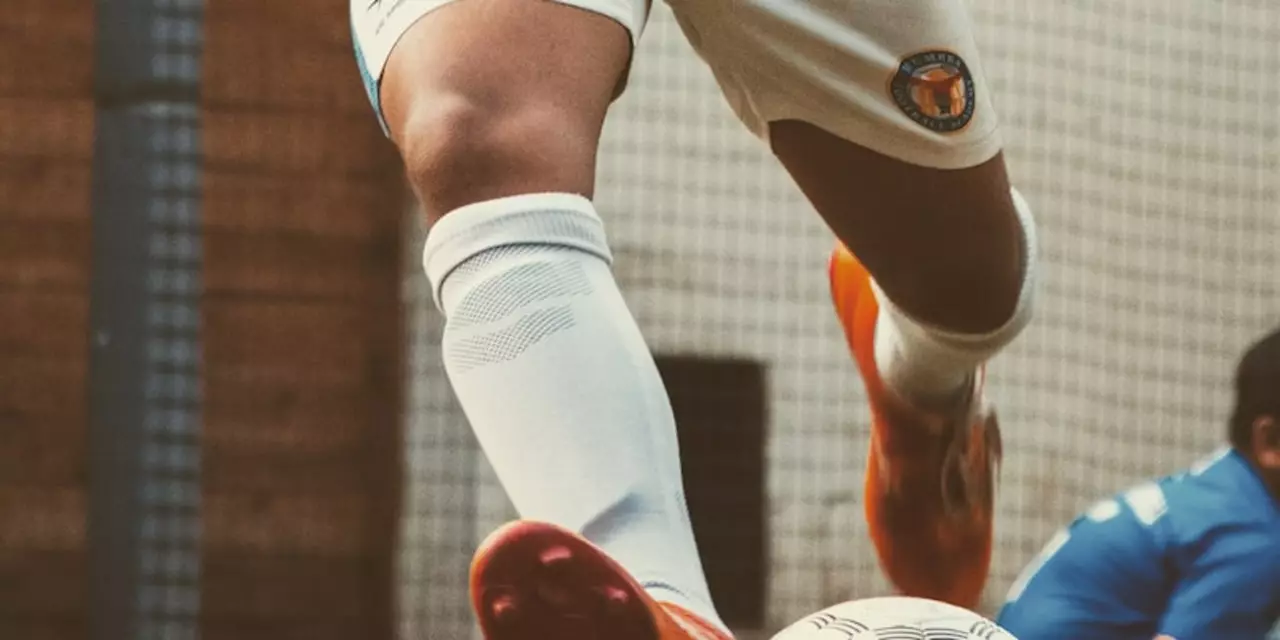Soccer Positions Explained – Find Your Perfect Spot on the Field
Ever wondered why some players stay back while others sprint up the pitch? It all comes down to the position they play. Knowing the basics can help you understand the game better and even decide where you fit best.
Common Positions and What They Do
Goalkeeper: The last line of defense. Their job is to stop shots, organize the back line, and keep calm under pressure. They can use their hands inside the penalty area, which nobody else can.
Defenders: Usually three or four players who protect the goal. Center‑backs stay in the middle, block attacks, and win aerial battles. Full‑backs run on the sides, help stop wingers, and often push forward for crosses.
Midfielders: The engine room. Defensive mids sit deep, break up opposition play, and pass the ball out. Central mids control the tempo, link defense and attack, and look for creative passes. Attacking mids creep closer to the opponent’s box, try to create chances, and sometimes score themselves.
Forwards: The goal‑scorers. Strikers stay near the opponent’s goal, hold up the ball, and finish chances. Wingers hug the sidelines, beat defenders with speed, and deliver crosses into the box.
How to Choose the Right Position for You
First, think about your strengths. If you’re quick, love beating players one‑on‑one, and enjoy crossing, a winger spot might click. If you’re tall, strong in the air, and good at reading the game, try a center‑back role.
Next, consider your personality. Goalkeepers need confidence and the ability to stay focused even when the ball isn’t near them. Midfielders should be comfortable with lots of running and making quick decisions under pressure.
Finally, experiment during practice. Coaches often rotate players to see where they shine. Don’t be afraid to ask for feedback – it’s the fastest way to improve.
Remember, positions aren’t set in stone. Many great players have switched roles as they grew older or as teams needed something different. The key is to stay flexible, keep learning, and enjoy the game.
Now that you know the basics, watch a match and try to spot each position in action. You’ll start to see patterns and maybe even spot the position that feels like home.

This article provides advice on how to improve vision and positioning in soccer. It suggests focusing on three main areas: footwork, vision and understanding of the game. Improving footwork helps players move quickly and accurately to the right spot on the field. Working on vision helps players spot opportunities, anticipate opponents’ moves, and identify teammates. Understanding the game better helps players know when to adjust their positioning to take advantage of the situation. With practice, players can become better at positioning themselves in the most advantageous spots on the field.
Read more
